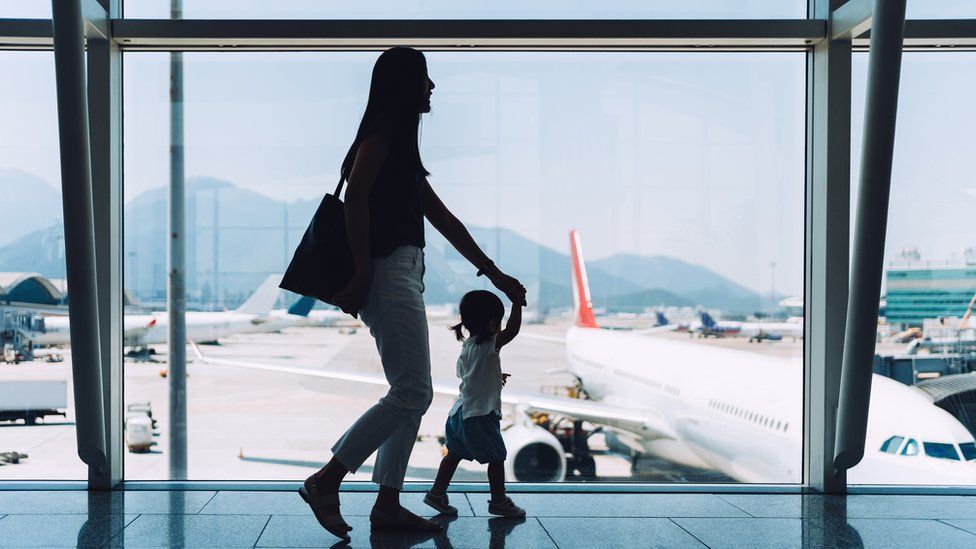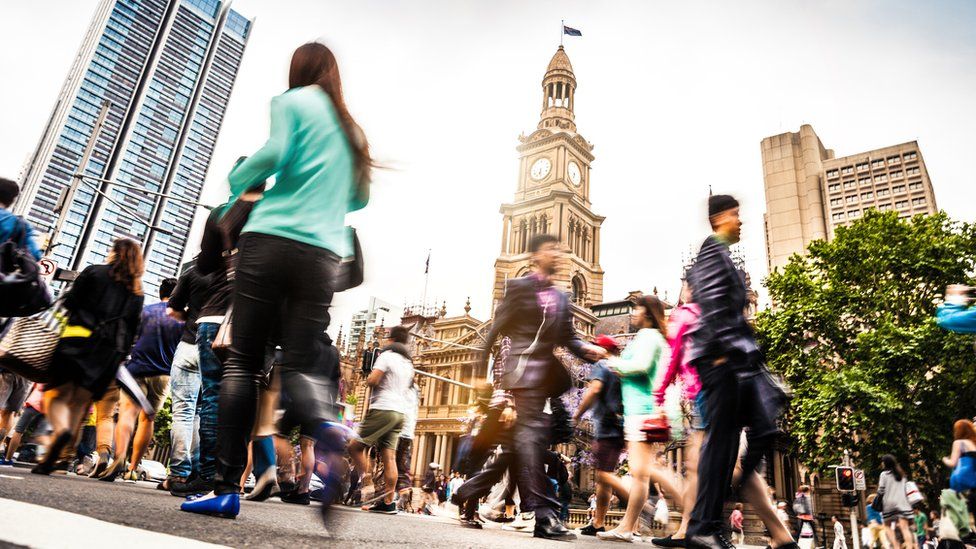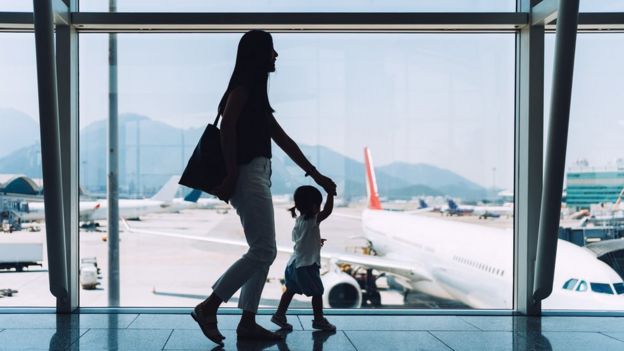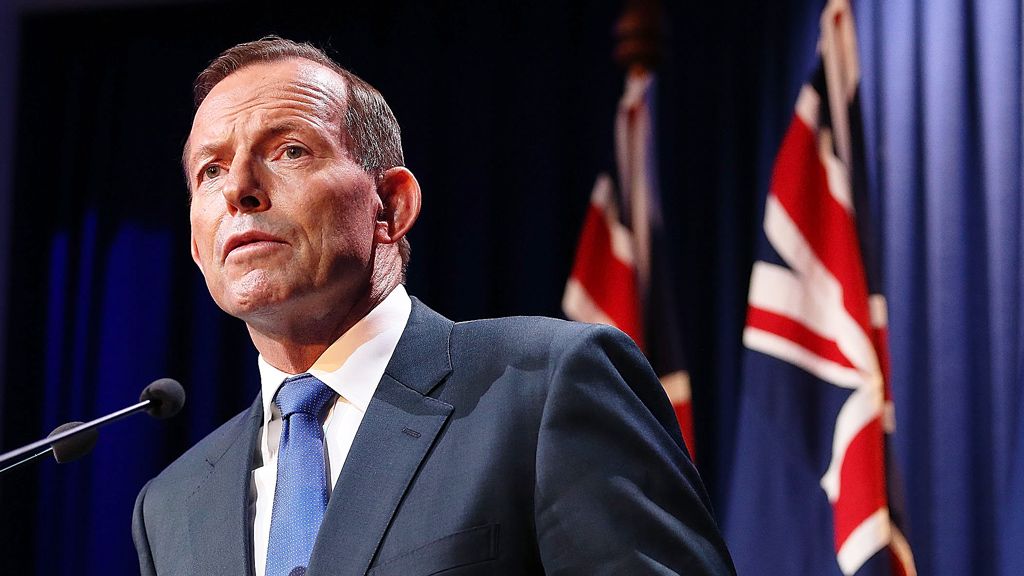
The Australian governmemnt says it will halve the migration intake within two years in a bid to fix the country’s “broken” immigration system.
The annual intake will be slashed to 250,000 – roughly in line with pre-pandemic levels – by June 2025.
Visa rules for international students and low-skilled workers will also be tightened under the new plan.
Migration has climbed to record levels in Australia, adding pressure to housing and infrastructure woes.
But there remains a shortage of skilled workers, and the country struggles to attract them.
Unveiling a new 10-year immigration strategy at a media briefing on Monday, Home Affairs Minister Clare O’Neil said the migration system had been left “in tatters” by the previous government.
A review earlier this year found the system was “badly broken” – unnecessarily complex, slow and inefficient – and in need of “major reform”, Ms O’Neil said.
A record 510,000 people came to Australia in the year to June 2023, but the minister said her government would “bring numbers back under control” and reduce the annual migration intake by around 50%.
Among the new measures are tougher minimum English-language requirements for international students, and more scrutiny of those applying for a second visa – they must prove that any further study would advance their academic aspirations or their careers. There are some 650,000 foreign students in Australia, with many of them on their second visa, according to official data.
The visa pathways for migrants with “specialist” or “essential” skills – like highly-skilled tech workers or care workers – have also been improved to offer better prospects of permanent residency.
The new policies will attract more of the workers Australia needs and help reduce the risk of exploitation for those who live, work and study in the country, Ms O’Neil said.
In response, opposition migration spokesman Dan Tehan said the government had been too slow to adjust migration policies designed to help Australia recover from the pandemic.
“The horse has bolted when it comes to migration and the government not only cannot catch it but cannot find it,” he said on the weekend.
In recent weeks, the government has been under pressure from some quarters to temporarily reduce migration as Australia struggles with a housing crisis driven by a lack of supply.
However others, like the Business Council of Australia, have said migrants are being used as a scapegoat for a lack of investment in affordable housing and decades of poor housing policy.
Related Topics
-
-
2 September 2022

-


